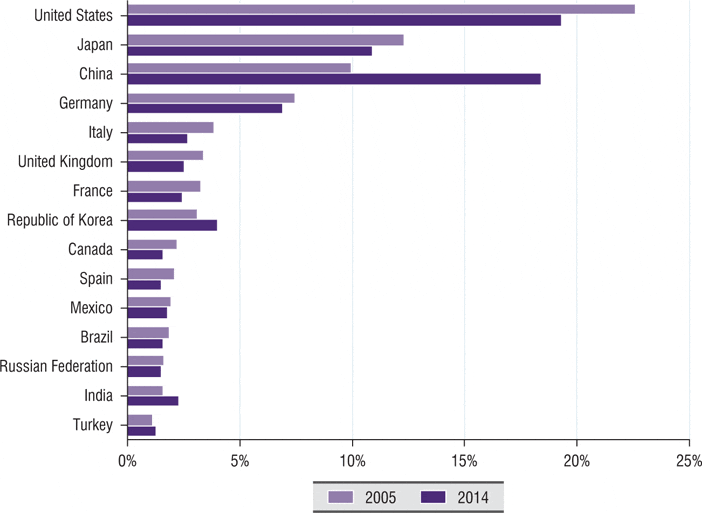Wyatt earp
Diamond Member
- Apr 21, 2012
- 69,975
- 16,392
- 2,180
Americans strongly agree with both major presidential candidates about the importance of bringing manufacturing jobs back to the United States and are willing to pay more for consumer goods to make it happen. (To see survey question wording, click here.)
Americans Are Willing to Pay More to Bring Back Manufacturing Jobs - Rasmussen Reports™
But only Trump has a plan to bring those jobs back.
You mean Trump- the business man who had his product manufactured overseas- because he didn't think consumers would pay more for his product if it was made in the United States?
How much more would you personally be willing to pay for say a TV manufactured in the United States- rather than China?
$100? $200? $400?
F.Y.I. t.v.s are made again in U.S.A. > south carolina sold at walmart
There is a funny story behind it Google it yourself



